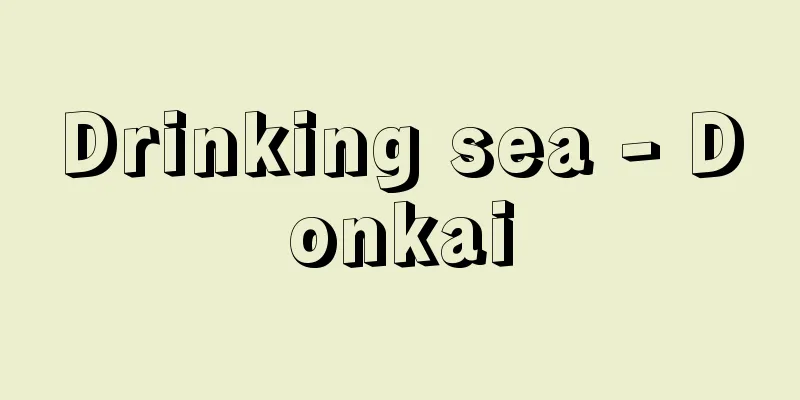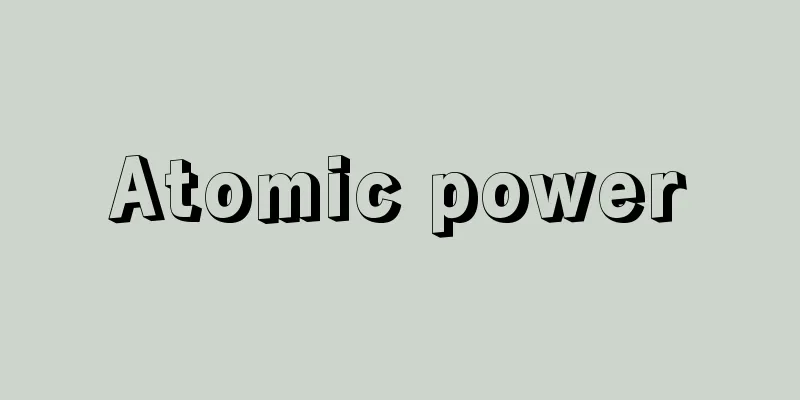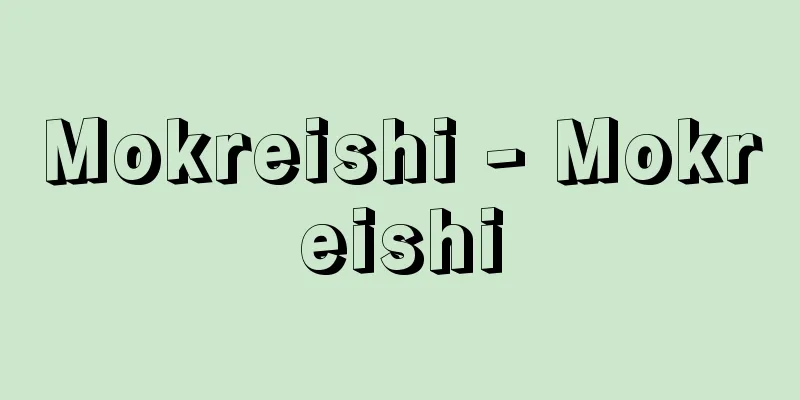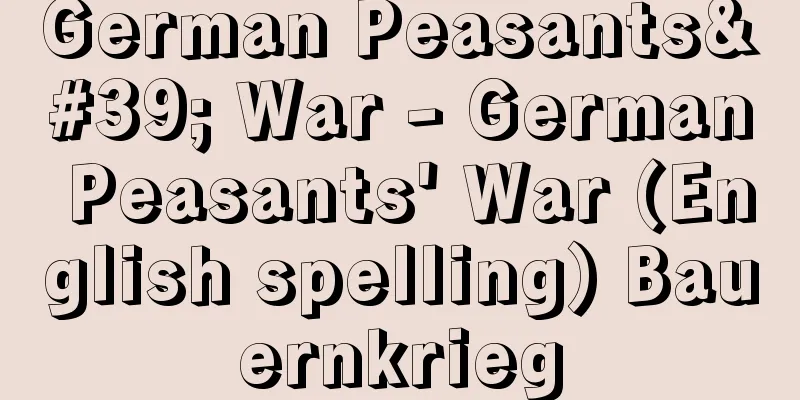Nanjing Massacre
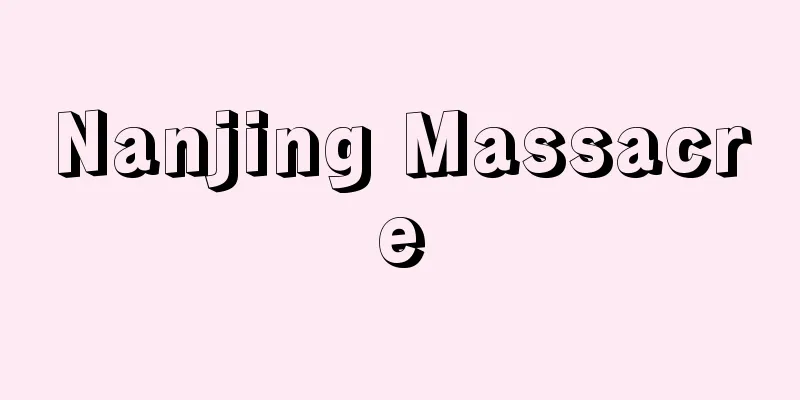
|
During the Second Sino-Japanese War, looting and massacres occurred when the Japanese army occupied Nanjing. It is also known as the Nanjing Incident. In August 1937, the war expanded from North China to Central China, and the Japanese army encountered fierce resistance from the Chinese army in Shanghai. In November, after finally forcing the Chinese army to retreat, the Central China Area Army (Commander: General Iwane Matsui) ordered two corps under his command, the Shanghai Expeditionary Army (Commander: Lieutenant General Yasuhiko Asakanomiya) and the 10th Army (Commander: Lieutenant General Heisuke Yanagawa, Landed at Hangzhou Bay), to advance on the capital, Nanjing (on November 20, the Nationalist government announced the transfer of the capital from Nanjing to Chongqing). On December 13, the Japanese army occupied Nanjing. During that time, there were acts of murder and looting of non-combatants, including Chinese soldiers and civilians, both inside and outside the city of Nanjing, and the Japanese army announced that there were 84,000 abandoned bodies. The verdict of the International Military Tribunal for the Far East (Tokyo Trials) stated that the number of victims was more than 200,000 (more than 100,000 in the verdict against Iwane Matsui), and that the number of buried bodies was approximately 155,000. As a result of the International Military Tribunal for the Far East, former General Iwane Matsui was sentenced to death, and at the Ministry of National Defense War Crimes Military Tribunal held in Nanjing, former Lieutenant General Hisao Hase of the 6th Division and others were sentenced to death. [Editorial Department] The debate over the "genocide"Along with the Tokyo Trials after World War II, the fact that many Japanese became aware of the Nanking Massacre was largely due to Asahi Shimbun journalist Honda Katsuichi's (1932- ) book China Travels (1972). However, Suzuki Akira (1929-2003) countered this best-selling book with his book The Illusion of the 'Nanking Massacre' (1973). Suzuki's argument did not deny the existence of the incident itself, but emphasized that it had been exaggerated. Later, when Tanaka Masaaki (1911-2006) published The Fiction of the "Nanking Massacre" (1984), the contents of which denied the very existence of the incident, developed into an international controversy involving not only Japanese historians but also China. In the midst of this, the Kaikosha, an organization of regular officers of the former army, published The Battle of Nanking (not for sale, 1989), which acknowledged that at least 16,000 prisoners and others had been killed, bringing the controversy to a close. However, since the mid-1990s, partly due to backlash against China's criticism of Japan, massacre denial has been on the rise again. A representative example of this is Higashinakano Osamichi's (1947-) Thorough Examination of the "Nanking Massacre" (1998), but what is distinctive about this book is that, while it acknowledges that prisoners of war and surrendered soldiers did take place, it denies that they were illegal. The Chinese government believes that the number of victims was around 300,000, but in Japan there are various theories, including those that put the number between 100,000 and 200,000, those that put it at 40,000 to 50,000, those that put it at around 10,000, and those that the incident itself was a fabrication. One reason for the large discrepancies in numbers is that the definition and scope of the massacre differs depending on the theorist. The Japanese government itself acknowledges that illegal acts were committed in Nanjing, and the Nanjing Massacre is mentioned in junior high and high school textbooks that have passed the inspection by the Ministry of Education (now the Ministry of Education, Culture, Sports, Science and Technology). [Yoshida Yutaka] "The Illusion of the Nanking Massacre" by Suzuki Akira (1973, Bungeishunju)" ▽ "The New Illusion of the Nanking Massacre" by Suzuki Akira (1999, Asuka Shinsha)" ▽ "The Definitive Edition of the Nanking Massacre" by Hora Tomio (1982, Gendaishi Publishing Association)" ▽ "Collection of Documents on the Nanking Atrocity Incident in the Sino-Japanese War, edited by Hora Tomio, 2 volumes (1985, Aoki Shoten)" ▽ "Proof of the Nanking Massacre" by Hora Tomio (1986, Asahi Shimbun)" ▽ "The Fiction of the 'Nanking Massacre'" by Tanaka Masaaki (1984, Nippon Kyobunsha)" ▽ "The Emperor's Army and the Nanking Incident" by Yoshida Yutaka (1986, Aoki Shoten)" ▽ "The Road to Nanking" by Honda Katsuichi (1987, Asahi Shimbun)" ▽ "Nanking Battle History," edited by the Nanking Battle History Editorial Committee (1989, Kaikōsha)" ▽ "The Japanese Army in Nanking, by Fujiwara Akira (1997, Otsuki Shoten)" ▽ "The Truth about Nanking, by John Rabe, translated by Hirano Kyoko (1997, Kodansha)" ▽ "A Thorough Investigation of the 'Nanking Massacre', by Higashinakano Shudo (1998, Tentensha)" ▽ "The Nanking Massacre: Another History of the Sino-Japanese War, by Hata Ikuhiko (Chuko Shinsho)" ▽ "The Nanking Massacre, by Kasahara Tokushi (Iwanami Shinsho)" ▽ "An Examination of the 'Nanking Massacre': In Search of the Real Picture, by Kitamura Minoru (Bunshun Shinsho)" [References] | | |Source: Shogakukan Encyclopedia Nipponica About Encyclopedia Nipponica Information | Legend |
|
日中戦争で、日本軍が南京を占領した際に略奪・虐殺などが行われた事件。南京事件ともよばれる。 1937年(昭和12)8月には戦争が華北から華中に拡大し、日本軍は上海(シャンハイ)で中国軍の激しい抵抗に遭った。ようやく中国軍を退却させた11月、中支那方面軍(司令官松井石根(いわね)大将)は指揮下の上海派遣軍(司令官朝香宮鳩彦王(あさかのみややすひこおう)中将)と第10軍(司令官柳川平助(やながわへいすけ)中将、杭州(こうしゅう)湾上陸)の2軍団を、首都南京(11月20日に国民政府は南京から重慶(じゅうけい)への遷都を発表)に進撃させた。 12月13日、日本軍は南京を占領。その際に南京城の内外で中国の軍人、一般市民を含む非戦闘員の殺害や略奪などの行為があり、日本軍は遺棄死体数を8万4000と発表した。犠牲者の数は極東国際軍事裁判(東京裁判)の判決文では20万人以上(松井石根に対する判決文では10万人以上)とされ、また埋葬された屍骸は約15万5000体と述べられている。極東国際軍事裁判の結果、松井石根元大将が死刑となり、南京で開かれた国防部審判戦犯軍事法廷では、元第六師団長谷寿夫(ひさお)中将らが死刑となった。 [編集部] 「大虐殺」をめぐる論争日本人の多くが、南京大虐殺のことを知るようになったのは、第二次世界大戦後の東京裁判と並んで、朝日新聞記者・本多勝一(かついち)(1932― )の『中国の旅』(1972)に負うところが大きい。しかし、このベストセラーに対して、鈴木明(1929―2003)『「南京大虐殺」のまぼろし』(1973)が反論を加えたが、鈴木の主張は、事件の存在そのものを否定するものではなく、事件が誇大に伝えられていることを強調するものであった。 その後、田中正明(1911―2006)『“南京虐殺”の虚構』(1984)が発表されると、その内容が事件の存在そのものを否定するものであったため、日本の歴史家だけでなく中国をも巻き込む国際的論争に発展した。こうしたなかで、旧陸軍の正規将校の団体である偕行(かいこう)社が、『南京戦史』(非売品、1989)を公刊して、少なくとも約1万6000名に上る捕虜などの殺害があったことを認めたため、論争は一段落した。 ところが、1990年代のなかば以降、中国の対日批判などに対する反発もあって、虐殺否定論がふたたび台頭する。その代表的存在が、東中野修道(おさみち)(1947― )『「南京虐殺」の徹底検証』(1998)だが、同書の特徴は、捕虜や投降兵などの殺害が行われたことはいちおう認めたうえで、その違法性を否定するところにある。 被虐殺者の数については、中国政府が約30万説をとっているが、日本の国内では、10数万から20万前後とする説、4~5万とする説、1万前後とする説、事件そのものの虚構説などの諸説が存在する。数の面でこれだけの違いが出る一つの理由は、虐殺の定義と範囲が論者によって異なるからである。なお、日本政府自身は、南京で不法行為が行われたことを認めており、文部省(現文部科学省)の検定を通過した、中学校や高校用の教科書でも、南京大虐殺事件についての言及がある。 [吉田 裕] 『鈴木明著『「南京大虐殺」のまぼろし』(1973・文芸春秋)』▽『鈴木明著『新「南京大虐殺」のまぼろし』(1999・飛鳥新社)』▽『洞富雄著『決定版 南京大虐殺』(1982・現代史出版会)』▽『洞富雄編『日中戦争南京大残虐事件資料集』全2巻(1985・青木書店)』▽『洞富雄著『南京大虐殺の証明』(1986・朝日新聞社)』▽『田中正明著『“南京虐殺”の虚構』(1984・日本教文社)』▽『吉田裕著『天皇の軍隊と南京事件』(1986・青木書店)』▽『本多勝一著『南京への道』(1987・朝日新聞社)』▽『南京戦史編集委員会編『南京戦史』(1989・偕行社)』▽『藤原彰著『南京の日本軍』(1997・大月書店)』▽『ジョン・ラーベ著、平野卿子訳『南京の真実』(1997・講談社)』▽『東中野修道著『「南京虐殺」の徹底検証』(1998・展転社)』▽『秦郁彦著『南京事件――もうひとつの日中戦争史』(中公新書)』▽『笠原十九司著『南京事件』(岩波新書)』▽『北村稔著『「南京事件」の探究――その実像をもとめて』(文春新書)』 [参照項目] | | |出典 小学館 日本大百科全書(ニッポニカ)日本大百科全書(ニッポニカ)について 情報 | 凡例 |
<<: Chinese tallow tree (Nanking yellow lacquer) - Chinese tallow tree (English spelling)
Recommend
Passover - Passover Festival
A Jewish holiday. Passover in English. It is a wee...
Ichibei Furukawa
Year of death: April 5, 1903 (Meiji 36) Year of bi...
Eddy current brake
Engine braking is a type of braking that utilizes...
Fernando VII
1784‐1833 King of Spain. Reigned 1808, 14-33. Son ...
Scorching Sun - Cancan Deli
The strong sunlight in summer. Also, that kind of ...
Rorschach test
This is one of the projective personality tests in...
Mogilëv (English spelling)
The capital of Mogilev Oblast in eastern Belarus. ...
Shosoin - Shosoin
In the Nara period, the main storehouses were cal...
Puyuma
...In general, there are few linguistic documents...
Azuma-Toyotomi government
In the second half of the 16th century, Oda Nobun...
Classical Chinese - Kanbun
A type of text. Texts written only in Chinese cha...
Encoding - Fugouka (English spelling) encoding
Encoding is synonymous with memorization and refer...
Plant communities
A group of plants of the same or different species...
Oltenia - Oltenia
…The treaty was concluded in Passarowitz (now Pož...
Eohippus - Eohippus (English spelling)
A fossil animal of the Perissodactyla order of th...

